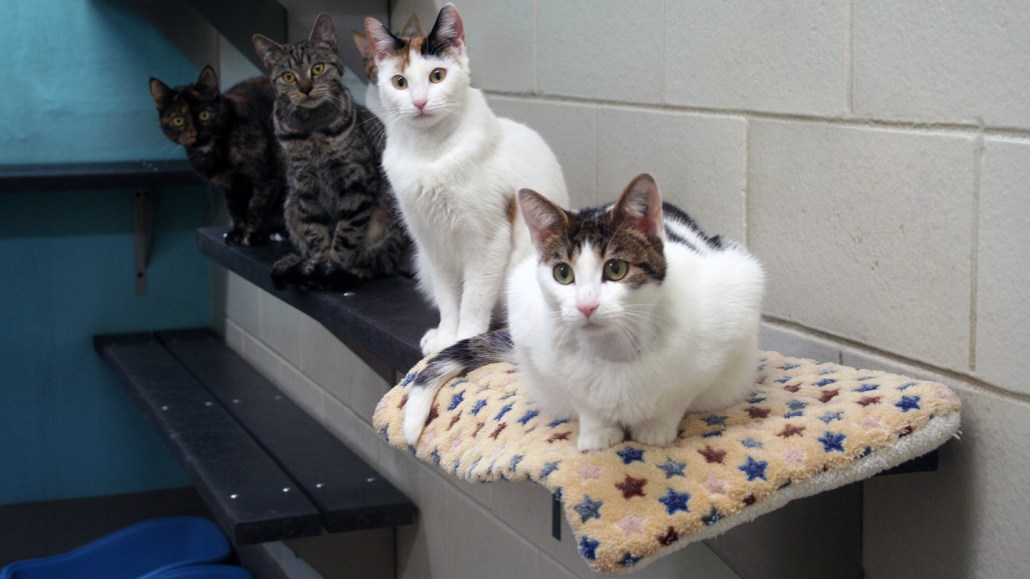A gene therapy shot might keep cats from getting pregnant without being spayed
The experimental therapy targets a hormone that prevents ovulation

Two of these cats, Betty and Jacque (the two light cats), received an experimental gene therapy for contraception. Rosalyn and Michelle (the two dark cats) did not; they were in the control group.
Cincinnati Zoo & Botanical Garden